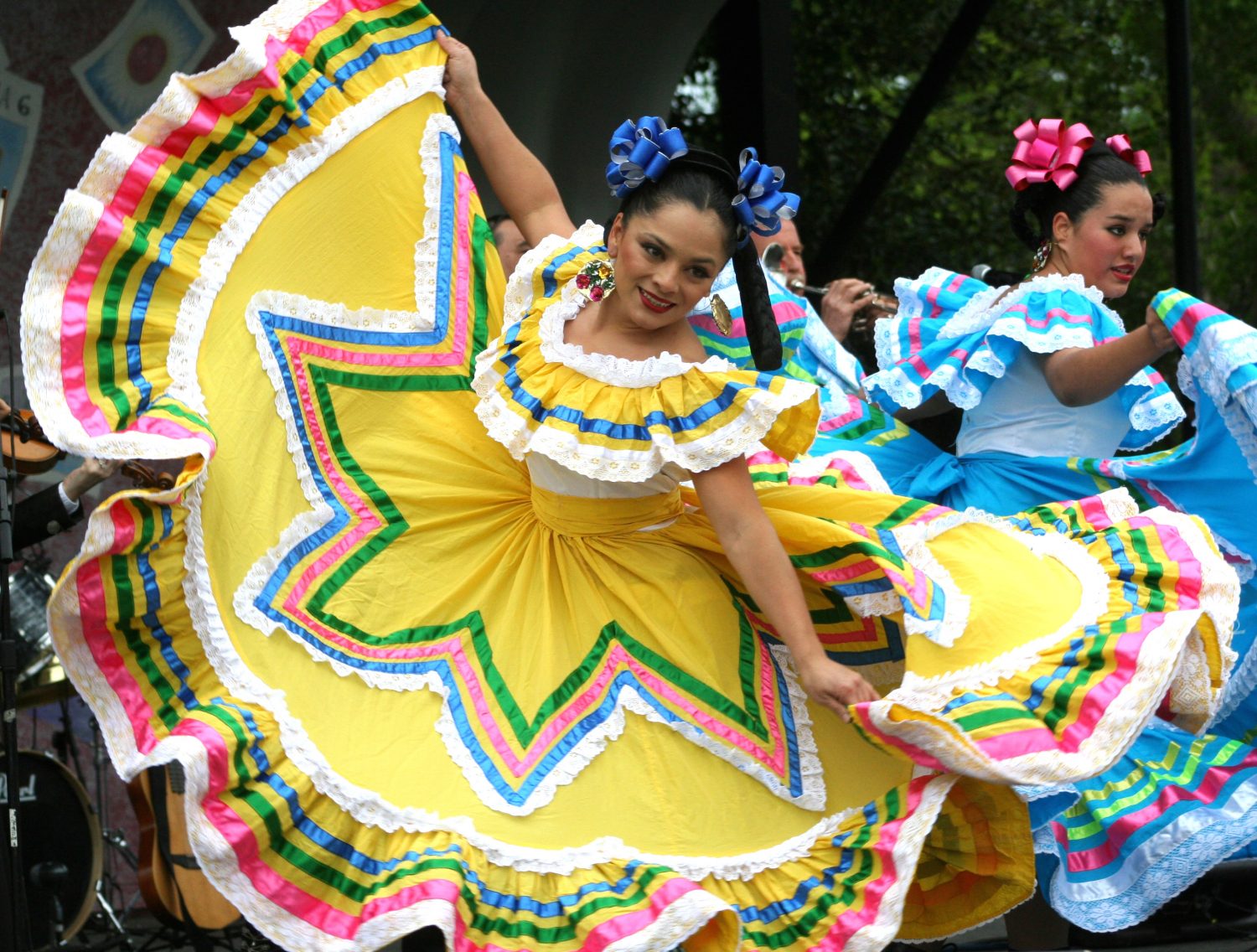Please reference my previous blog postings on the regular and irregular Preterit verbs. This will help you refresh your memory and get you thinking of the Preterit tense.
Y-Stem Changing Verbs
The following verbs change the 'i' in the third person singular and plural forms before adding their Preterit endings:
-IR
|
-ER
|
||
Oír
(to hear)
|
Reír
(to laugh)
|
Leer
(to read)
|
Creer
(to believe)
|
Oí
Oíste
Oyó
Oímos
Oísteis
Oyeron
|
Reí
Reíste
Reyó
Reímos
Reísteis
Reyeron
|
Leí
Leíste
Leyó
Leímos
Leísteis
Leyeron
|
Creí
Creíste
Creyó
Creímos
Creísteis
Creyeron
|
Please Note: These Preterit endings will be the same for verbs that end with -uir such as concluir.
-CAR, -GAR, -ZAR Verbs
In the Preterit tense, these verbs will have a slight spelling change in the first person singular (Yo) form as follows:
|
-CAR
|
-GAR
|
-ZAR
|
|
Tocar
(to touch/to play an instrument)
|
Jugar
(to play (as in a sport or game))
|
Almorzar
(to have lunch)
|
|
Toqué
|
Jugué
|
Almorcé
|
|
Tocaste
Tocó
Tocamos
Tocasteis
Tocaron
|
Jugaste
Jugó
Jugamos
Jugasteis
Jugaron
|
Almorzaste
Almorzó
Almorzamos
Almorzasteis
Almorzaron
|
Other verbs that change in the Yo form are: explicar, sacar, buscar, llegar, apagar, colgar, entregar, negar, pagar, alcanzar, comenzar, and empezar.
Finally, do you remember the verb haber (to have)? Please review this verb at the end of my blog here. In the Preterit tense, to say "there was/there were" you would say hubo.
As I say in all of my grammar-related blog postings, go out and practice these verbs. Say them out loud to pets, friends, and family members. Write them out. Use flashcards (either electronically or index cards) to test your memory. The more you take action and use them, the better, the faster, and the more fun you will have conversing in the past tense.
¡Hasta luego!
~Keith
~Next Friday, June 7, 2013~
Summer Series: Keith's Ten Ways to Spanish Fluency!
Follow Keith this summer and don't miss his top ten ways to improve your Spanish.
Keith's 10 Ways to Spanish Fluency can be found in So You Want to Learn Spanish? by Keith Walters
Own the book today and follow along as Keith provides valuable insights, tips, resources and methods to master the beautiful language of Spanish!

